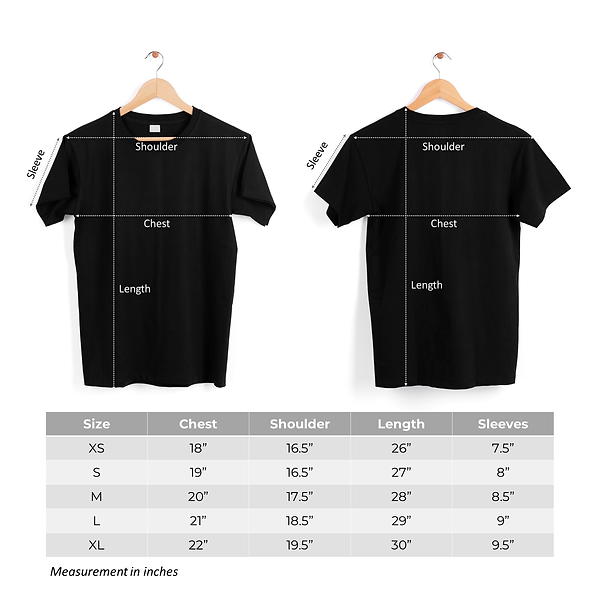Introduction
Lent is a sacred period in the Christian calendar, observed by millions around the world as a time for prayer, fasting, and reflection. Traditionally lasting 40 days, it mirrors the time Jesus spent fasting in the wilderness and serves as preparation for the celebration of Easter. Through acts of self-denial, repentance, and devotion, believers deepen their relationship with God and renew their spiritual focus.
The Origin and Meaning of Lent
Biblical Foundations
The 40-day period of Lent finds its roots in Scripture, recalling Jesus’ time in the desert where He faced temptation and emerged spiritually strengthened. This period symbolizes purification, transformation, and a recommitment to faith.
Spiritual Purpose
- Repentance: Turning away from sin and returning to God’s grace.
- Discipline: Practicing self-control through fasting and limiting indulgences.
- Preparation: Readying the heart and mind for the joy of Easter Sunday.
Traditional Practices During Lent
Fasting and Abstinence
Many Christians abstain from meat on certain days or give up specific luxuries to focus on spiritual growth. This discipline is not only about sacrifice but also about redirecting energy toward prayer and acts of kindness.
Prayer and Scripture Reading
Daily prayer and meditation on the Bible are central to Lent. These practices invite believers to listen to God’s voice, seek guidance, and grow in faith.
Almsgiving
- Helping the poor and marginalized.
- Donating time or resources to charitable causes.
- Offering compassion and support to those in need.
Lent Across Christian Traditions
Catholic Observances
The Catholic Church emphasizes Ash Wednesday and Good Friday fasting, abstaining from meat on Fridays, and participating in Stations of the Cross during Lent.
Protestant Practices
Many Protestant denominations focus on Bible study, community service, and personal spiritual challenges during the Lenten season.
Eastern Orthodox Observances
Eastern Orthodox Christians observe Great Lent with stricter fasting, extended liturgies, and deep contemplation in preparation for Pascha.
Symbols of Lent
- Ashes: Represent human mortality and the call to repentance.
- Violet Color: Signifies penance, humility, and preparation.
- Cross: Reminds believers of Christ’s sacrifice and love.
Conclusion
Lent offers an opportunity to pause, reflect, and grow closer to God. Through fasting, prayer, and acts of generosity, Christians journey toward a renewed spirit and deeper faith. The season’s quiet discipline leads to the joy and hope of Easter, reminding believers of the transformative power of God’s grace.

